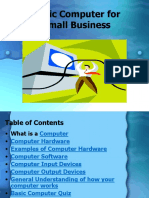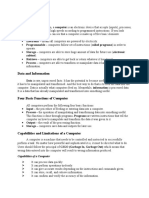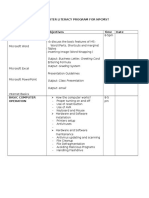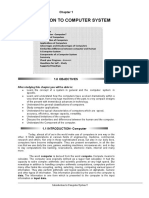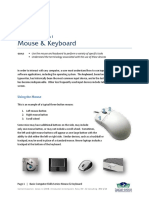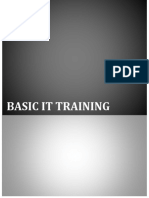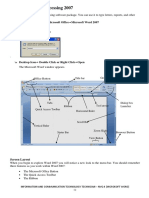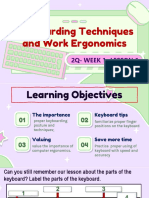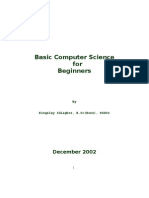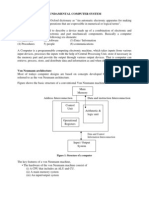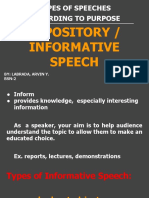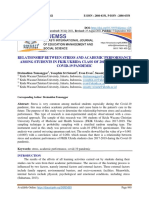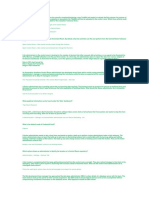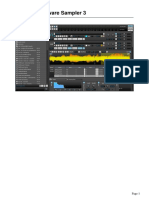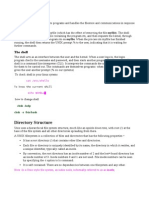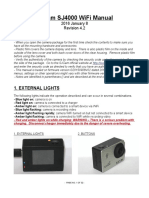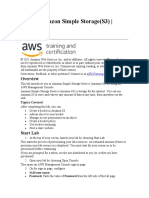0% found this document useful (0 votes)
302 views5 pagesMU Library Students' Computer Guide
The document provides guidelines for basic, intermediate, and advanced computer skills in various areas including mouse and keyboard skills, basic Windows/Mac operations, file management, Microsoft Word, and Windows Live Hotmail email. It recommends students attain at least a basic level of technical ability to succeed in online courses and provides online tutorial resources for different skill levels and applications.
Uploaded by
Arvin LabradaCopyright
© © All Rights Reserved
We take content rights seriously. If you suspect this is your content, claim it here.
Available Formats
Download as PDF, TXT or read online on Scribd
0% found this document useful (0 votes)
302 views5 pagesMU Library Students' Computer Guide
The document provides guidelines for basic, intermediate, and advanced computer skills in various areas including mouse and keyboard skills, basic Windows/Mac operations, file management, Microsoft Word, and Windows Live Hotmail email. It recommends students attain at least a basic level of technical ability to succeed in online courses and provides online tutorial resources for different skill levels and applications.
Uploaded by
Arvin LabradaCopyright
© © All Rights Reserved
We take content rights seriously. If you suspect this is your content, claim it here.
Available Formats
Download as PDF, TXT or read online on Scribd
/ 5

